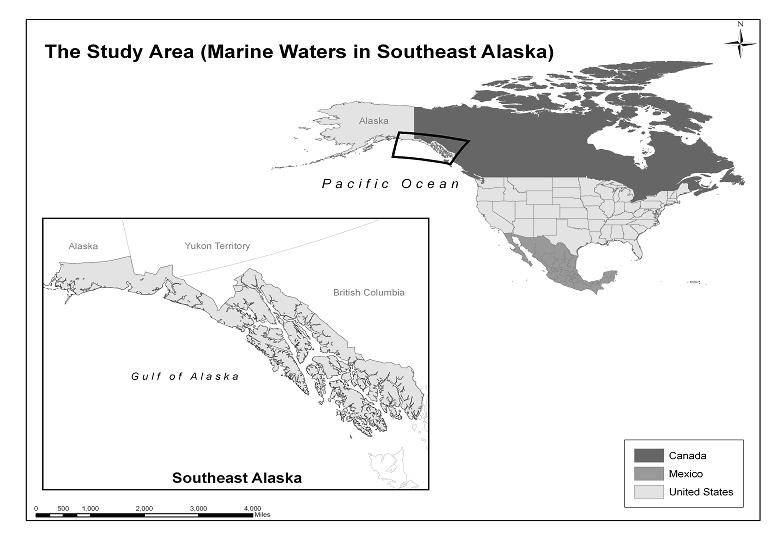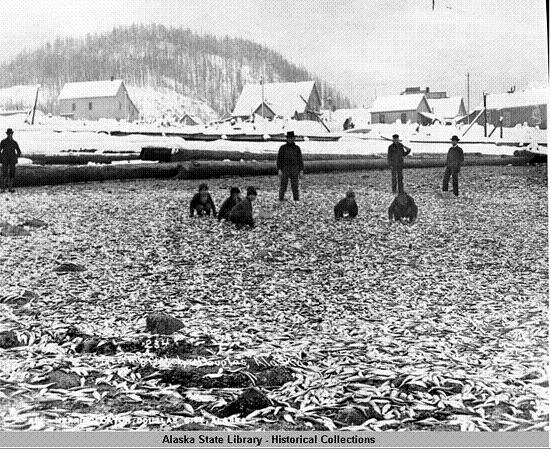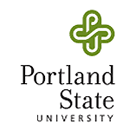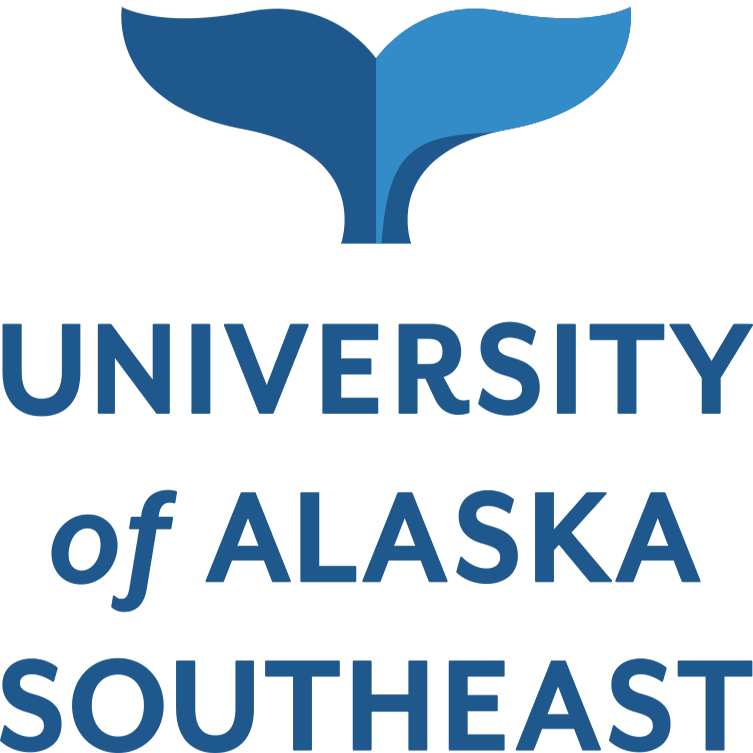Project Description

Abstract
Pacific herring (Clupea pallasii) are a foundation and bellwether species for North Pacific marine ecosystems. Alaska Natives for millennia have fished herring as part of their seasonal rounds of subsistence. More recently, the species has been subject to intense commercial fishing practices beginning in the late 1800s. Communities with local and traditional knowledge (LTK) of herring fisheries claim that historical stocks were larger and spawning areas more numerous in the past.
Despite the biological,cultural and economic importance of Pacific herring, productive areas and times of year for spawning in Southeast Alaska are limited and historical population dynamics and ecology of the species are not well understood.
In order to address the gaps in the long-term historical and cultural ecological knowledge of Southeast Alaska herring, the authors synthesize existing archaeological, ethnological, historical and biological records with original data collected from interviews (86 individuals were consulted as part of this project as were 117 unpublished interviews) with herring fishers with significant long-term observations and local and traditional knowledge (LTK) of herring populations. The authors synthesize this data to build a historical and spatial database and model that:
- identifies the extent of historic and prehistoric herring spawning and massing areas;
- links changes in herring spawn extent and intensity to environmental and human factors in the socio-ecological system; and
- identifies sensitive areas for protection and potential restoration of herring spawning.
The results of the study suggest that present herring stocks, even in highly productive areas such as Sitka Sound, are essentially being managed in a “depleted status,” representing a fraction of their historical abundance and distribution; that significant long-term impacts to Southeast herring stocks distribution and abundance have been anthropogenic in nature; that human dependence on herring as a food
resource evolved through interactions with key spawning areas with abundant substrates for egg deposition (such as macrocystis kelp, rockweed, and eelgrass); and that maintenance of diverse spawning locations in Southeast Alaska is critical to conserving intra-specific biodiversity and regional marine food webs.

The findings of this study illustrate the potential for LTK, in combination with archaeological, historical, and biological data, to contribute to a broader understanding of herring ecology, especially given the shallow time depth and gaps in scientific studies of the species. By linking cultural, historical and spatial models of herring ecology, it is hoped that a more robust picture of the role herring in the regional socioecological system will emerge, leading to better management and sustainable yields for both human and non-human species that rely on this foundation and cultural keystone species.
[I]t’s mind boggling to think how herring survive. From the time they spawn, the crows, the ravens, the seagulls, the eagles, sculpins, the trout, you know. You name it, they’re all feeding on it. And when they hatch then the ducks and everything else are-- you know it’s surprising how any can come back at all. They’re just so important to the total food chain ... every animal ... in the sea. They feed everything. They feed everything. They’re important to everything. ... [W]e didn’t like the idea of commercial fishermen coming in and taking them on a large scale because they’re very important to our salmon and especially king salmon, you know. And they feed our seals and stuff like that. Things that we’re depending on.
-Harold Martin
Acknowledgements
The principal investigator is especially grateful to members of the Sitka Tribe of Alaska who stimulated his interest in this topic through their tireless efforts to promote the value of Local and Traditional Knowledge in fisheries management. In addition to providing intellectual stimulation, we thank STA (especially Robi Craig, Heather Woody, and Harvey Kitka) for providing critical research support, including use of office space for conducting interviews and consultations, as well as transportation to the herring grounds. Herman Kitka, Sr., Charlie Skultka Jr., and Mike Baines also provided logistical support. Similarly, Angoon Community Association, Hoonah Indian Association (Mary Beth Moss), Craig Community Association (Lisa Trimmer), Klawock Cooperative Association, Ketchikan Indian Corporation (Irene Dundas), the Organized Village of Saxman (Lee Wallace), the Organized Village of Kake (Mike Jackson), Douglas Island Indian Association, Metlatkatla Indian Community, and the Alaska Native Brotherhood Grand Camp all provided vital support for this project. Similarly, we were assisted with logistics and in finding historical information and interview sources by the Herring Coalition (especially Andy Rauwolf and Steve Schrum) in Ketchikan, the Sitka Herring Association (Kathy Hansen) in Juneau and Sitka, as well as the Alaska Department of Fish and Game, Division of Subsistence (Elizabeth Andrews, Mike Turek) and Commercial Fisheries Division (especially Marc Pritchett and Sheri Dressel), the Southeast Intertribal Fish & Wildlife Commission (Don Bremner and Matthew Kookesh), the Juneau chapter of the Sierra Club, the NOAA fisheries lab at Auke Bay and Lena Point (especially Mark Carls). We would also like to thank the North Pacific Research Board staff, especially Clarence Pautzke, Carrie Eischens, Carolyn Rosner, and Francis Wiese. At Portland State we thank Connie Cash, Anh Ly, Bill Helsley, and Josh Reed. We are grateful to Kate Savage (NOAA) and Evelyn Brown (Fly Fishing Ltd) for their review and suggestions for the study. Last but certainly not least we are indebted to all the consultants who were interviewed (see Appendix A), who contributed their time, knowledge, and expertise to this endeavor. We hope it bears fruit in ways that improve herring management for all concerned.
Project Personnel
Thomas Thornton, a sociocultural anthropologist with 18 years of research experience in Southeast Alaska, served as principal investigator and is professor of anthropology at Portland State University. Virginia Butler, co-principal investigator, is an archaeologist and professor of anthropology at Portland State University with a specialization in zooarchaeology. Madonna Moss, co-principal investigator, is an archaeologist and professor at University of Oregon, who has worked in Southeast Alaska for more than 30 years. Fritz Funk, an independent researcher, is a biologist formerly with the Alaska Department of Fish and Game with over 20 years experience researching Pacific herring. Jamie Hebert is a graduate student in sociocultural anthropology at Portland State University, and Tait Elder is a graduate student in archaeology, also at Portland State. A special appendix to the report (Appendix D) was prepared by Robi Craig of the Sitka Tribe of Alaska concerning the tribe’s historical involvement in herring fishing and management issues. Finally, Shingo Hamada, a post-graduate student at Portland State, and Adela Maciejewski Scheer, a post-graduate student at University of Oxford, assisted with aspects of the literature review.)


